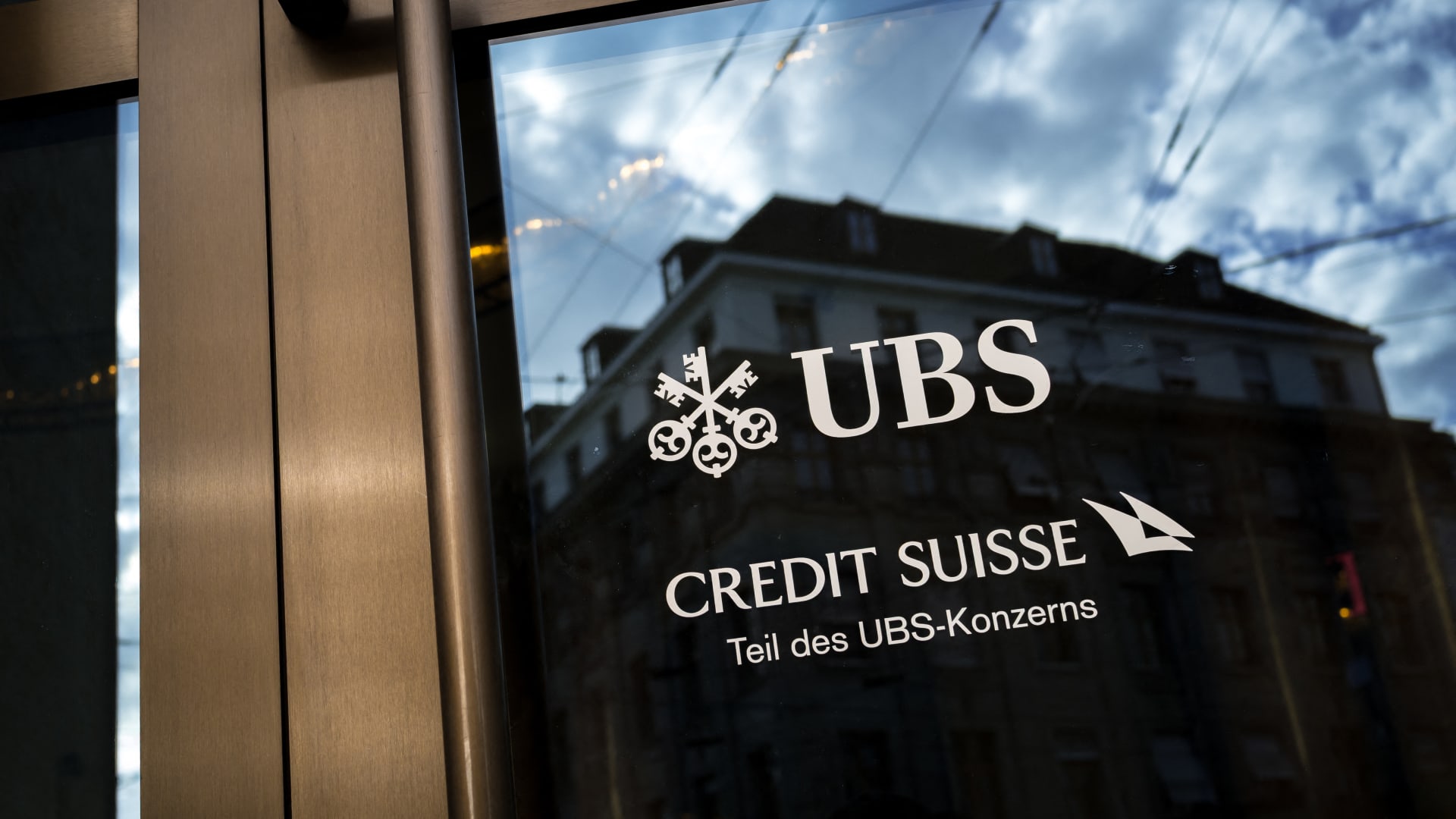Federal Reserve officials at their July meeting moved closer to a long-awaited interest rate reduction, stopping short while indicating that a September cut had grown increasingly probable, minutes released Wednesday showed.
“The vast majority” of participants at the July 30-31 meeting “observed that, if the data continued to come in about as expected, it would likely be appropriate to ease policy at the next meeting,” the summary said.
Markets are fully pricing in a September cut, which would be the first since the emergency easing in the early days of the Covid crisis.
While all voters on the rate-setting Federal Open Market Committee voted to hold benchmark rates steady, there was an inclination among an unspecified number of officials to start easing at the July meeting rather than waiting until September.
The document stated that “several [meeting participants] observed that the recent progress on inflation and increases in the unemployment rate had provided a plausible case for reducing the target range 25 basis points at this meeting or that they could have supported such a decision.”
One basis point is 0.01 percentage point, so a 25 basis point reduction would be equivalent to a quarter percentage point.
In the parlance the Fed uses in its minutes, which do not mention names nor specify how many policymakers felt a certain way, “several” is a relatively small number.
However, the summary made clear that officials were confident about the direction of inflation and are ready to start easing policy if the data continues to cooperate.
The sentiment was twofold: Inflation markers had shown price pressures easing considerably, while some members noted concerns over the labor market as well as the struggles that households, particularly those at the lower end of the income spectrum, were having in the current environment.
“With regard to the outlook for inflation, participants judged that recent data had increased their confidence that inflation was moving sustainably toward 2 percent,” the minutes stated. “Almost all participants observed that the factors that had contributed to recent disinflation would likely continue to put downward pressure on inflation in coming months.”
On the labor market, “many” officials noted that “reported payroll gains might be overstated.”
Earlier Wednesday, the Bureau of Labor Statistics reported, in a preliminary revision of the nonfarm payroll numbers from April 2023 through March 2024, that gains may have been overstated by more than 800,000.
“A majority of participants remarked that the risks to the employment goal had increased, and many participants noted that the risks to the inflation goal had decreased,” the minutes said. “Some participants noted the risk that a further gradual easing in labor market conditions could transition to a more serious deterioration.”
In its post-meeting statement, the committee noted that job gains had moderated and that inflation also had “eased.” However, it chose to hold the line on its benchmark funds rate, which is currently targeted in a 5.25%-5.5% range, its highest in 23 years.
Markets rose the day of the Fed meeting but cratered in following sessions on worries that the central bank was moving too slowly in easing monetary policy.
The day after the meeting, the Labor Department reported an unexpected spike in unemployment claims, while a separate indicator showed the manufacturing sector contracted more than expected. Things got worse when the nonfarm payrolls report for July showed job creation of just 114,000 and another tick up in the unemployment rate to 4.3%.
Calls grew for the Fed to cut quickly, with some even suggesting that the central bank do an intermeeting move to head off worries that the economy was sinking fast.
However, the panic was short-lived. Subsequent data releases showed jobless claims drifting back down to normal historical levels while inflation indicators showed price pressures easing. Retail sales data also was better than expected, assuaging worries of consumer pressure.
More recent indicators, though, have pointed to stresses in the labor market, and traders largely expect the Fed to begin cutting rates in September.

 Blog Post1 week ago
Blog Post1 week ago
 Economics1 week ago
Economics1 week ago
 Finance1 week ago
Finance1 week ago
 Economics1 week ago
Economics1 week ago
 Economics1 week ago
Economics1 week ago
 Personal Finance1 week ago
Personal Finance1 week ago
 Accounting1 week ago
Accounting1 week ago
 Economics1 week ago
Economics1 week ago









